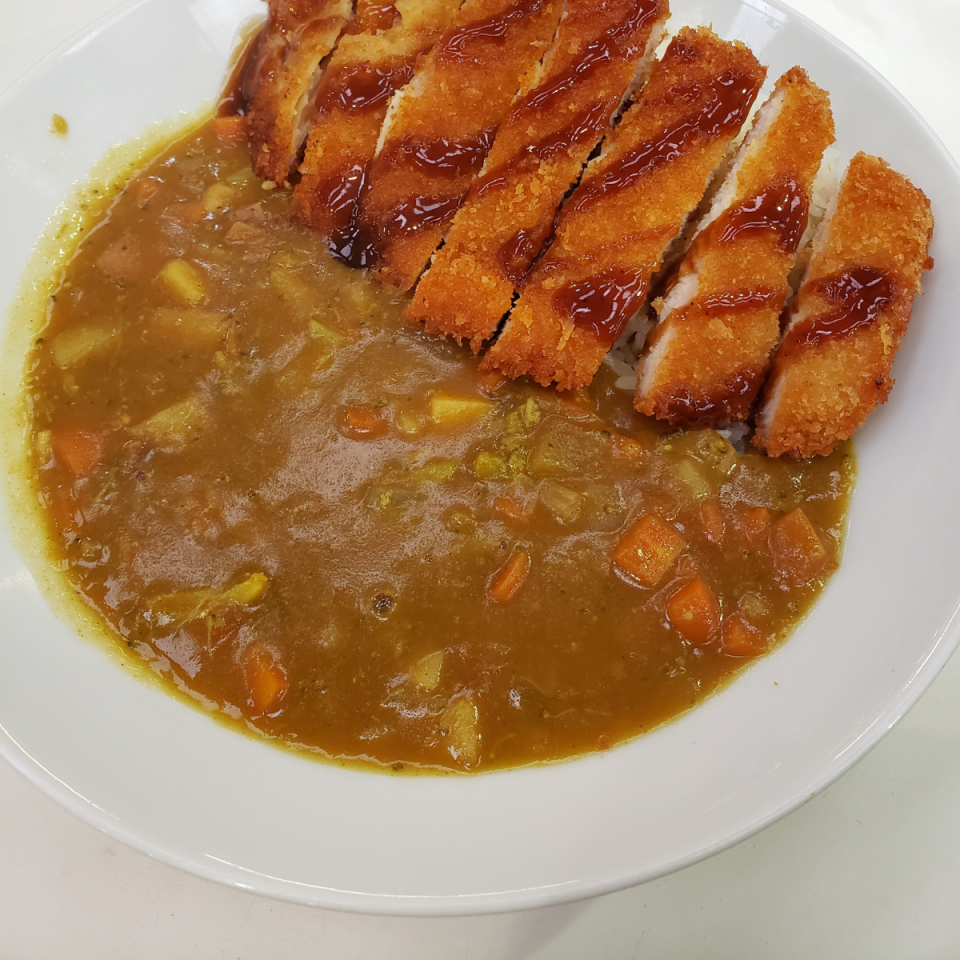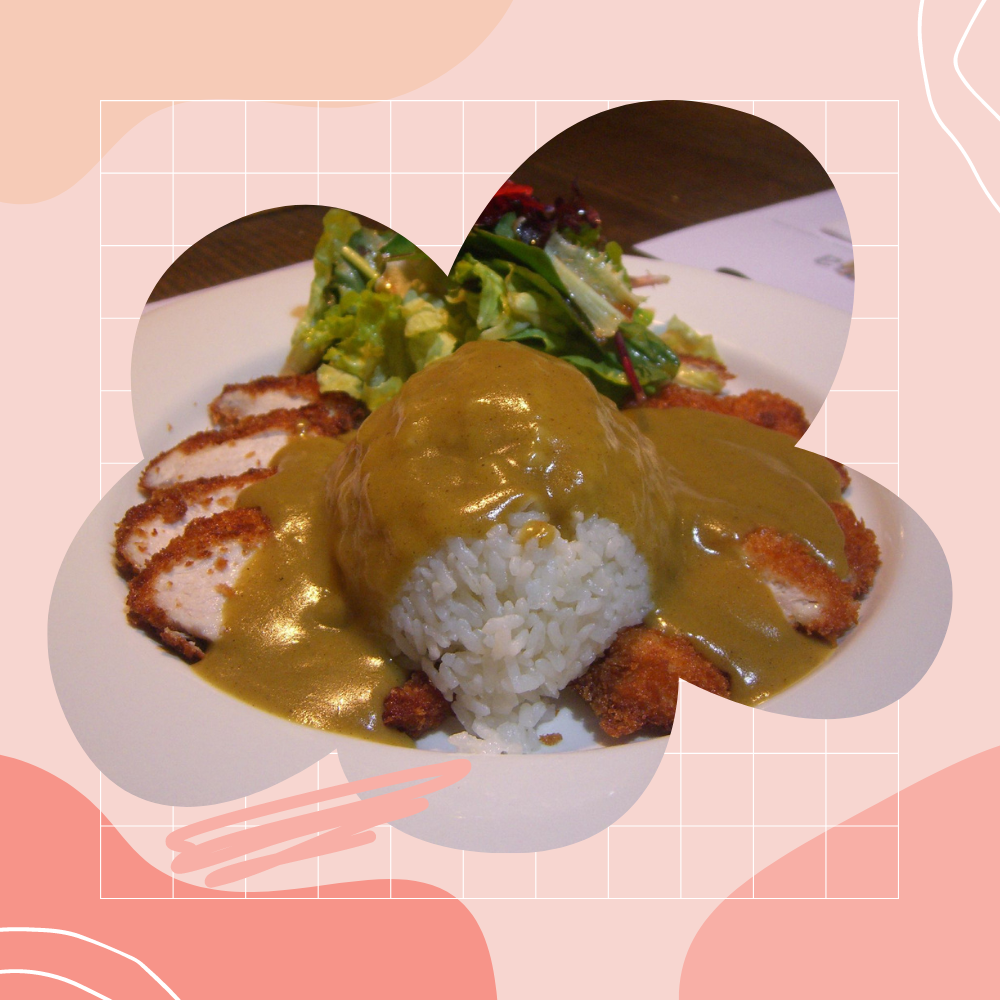Chicken Katsu Curry Recipe
Chicken Katsu Curry is a popular Japanese dish, which features a crispy breaded chicken cutlet served with a rich and creamy curry sauce and a side of steamed rice. The recipe for Chicken Katsu Curry may seem involved, but the steps are straightforward and well worth it for the resulting comfort food.

The Components of Chicken Katsu Curry
The Japanese Chicken Katsu Curry recipe comprises three main components; the curry sauce, the breaded chicken (chicken katsu), and steamed Japanese rice. Each component brings its unique flavor, enhancing the combination’s overall taste.
Curry Sauce Preparation
The curry sauce is the heart of this delectable dish. To make the curry from scratch, begin by cooking onions, carrots, and garlic in a saucepan until they soften. Add the curry powder and cook until it becomes aromatic before adding the chicken stock to form your simmer base.
To thicken and enrich your sauce, create a roux by melting butter and flour over low heat till they mingle into a glossy blend. Add this roux into your simmer base, stirring well to avoid lumps. As you simmer your curry sauce, add a splash of soy sauce for an umami hit and some grated apple for subtle sweetness.
For those who prefer an easier route or desire the authentic taste of Japanese curry, you can use ready-made Japanese curry roux blocks like Vermont Curry or Golden Curry.
Preparing the Chicken Katsu
While your curry simmers gently on one burner, start making the katsu (cutlet). This is typically made from chicken breast filleted into pieces that are then seasoned with salt and pepper. Each chicken piece is then covered in flour, dipped into a beaten egg, and coated with Panko breadcrumbs for an ultimate crunchy coat.
Fry these breaded chicken pieces in hot oil until golden brown on each side. Ensure that this process yields a crispy outer shell while keeping the chicken inside juicy.
An Alternative to Chicken
Instead of using chicken breasts for the katsu, try the pork cutlet. Pork Katsu – or Tonkatsu – dished up with curry makes an equally delicious Pork Katsu Curry variant.

Serving Your Chicken Katsu Curry
Once both your curry sauce and katsu are done, slice your crispy breaded chicken into strips. Place your freshly cooked rice on one half of a shallow bowl (Japanese short-grain rice is indeed ideal) — pour your creamy curry on the other half next to the rice. Add your sliced katsu on top of the curry or next to it – as per preference.
Sprinkle some pickled radish or steamed vegetables as sides for final touches on presentation while providing an extra crunch that contrasts beautifully with both the soft, tender chicken cutlet inside its crispy shell and creamy yet slightly chunky curry sauce.
Storage & Reheating Tips
You can store leftover Japanese Chicken Katsu Curry in the fridge for at least three days—just ensure to keep your crispy breaded chicken separate from the curry sauce so it retains its crunch during reheating. Use either microwave or oven to reheat it again, ensuring optimal heat circulation so that both rice & meat is heated thoroughly in the middle, not just the outside layer.
If you speed up the process & want to prepare larger portions of Chicken Katsu Curry at once —-cook additional cups of rice because it’s easy & adds almost no time– so leftovers will leave little work, especially when a desired meal can be enjoyed quickly next day within minutes using microwave heats.
Vegetarian Version
For those who prefer vegetarian dishes remove chicken/pork & replace potatoes/carrots in a place where you bring all ingredients to a boil, somehow giving the same flavors blending, magically matching smooth, soft texture from vegetables alongside spicy kick, delightful hearty vegetable katsu curry.
Another chicken Japanese dish that you should try is chicken sushi recipe. Tender slices of chicken, creamy avocado, and sushi rice come together to create a delectable fusion of flavors that will leave you craving more.
Crispy Delight: Chicken Katsu Curry Recipe – Uniting Two Japanese Classics FAQ
What is Chicken Katsu Curry?
Chicken Katsu Curry is a popular Japanese dish that combines crispy chicken katsu with a rich and flavorful curry sauce. It is a fusion of two beloved Japanese classics, katsu, and curry rice.
How do I make the Chicken Katsu Curry sauce?
To make the katsu curry sauce, you’ll need a block of curry, which can be found at most grocery stores. Follow the instructions on the package to prepare the curry sauce, which typically involves simmering it with water until it thickens.
How do I cook the chicken for Chicken Katsu Curry?
To cook the chicken for Chicken Katsu Curry, start by seasoning chicken fillets with salt and pepper. Dip the chicken fillets into beaten eggs, then coat them with breadcrumbs. Fry the breaded chicken fillets in a frying pan until they are golden and crispy.
Can I use something else instead of chicken?
Yes, if you prefer, you can use other proteins such as pork or tofu instead of chicken for your Katsu Curry.
How do I make the curry for the dish?
To make the curry for the dish, start by sautéing onions and garlic in a frying pan. Add the curry ingredients, such as potatoes and carrots, and cook them until they are slightly tender. Pour the curry sauce into the pan and simmer everything together until the curry is thick and flavorful.
Can I make homemade curry instead of using a block of curry?
Yes, if you prefer, you can make your own homemade curry using a blend of spices and seasonings. There are various recipes available online for homemade curry that you can try.
How do I prepare the katsu before frying?
To prepare the katsu before frying, make sure your chicken fillets are evenly coated with breadcrumbs. You can press the breadcrumbs onto the chicken to ensure they adhere properly. Let the breaded chicken rest for a few minutes before frying to help the breadcrumbs stick better.

